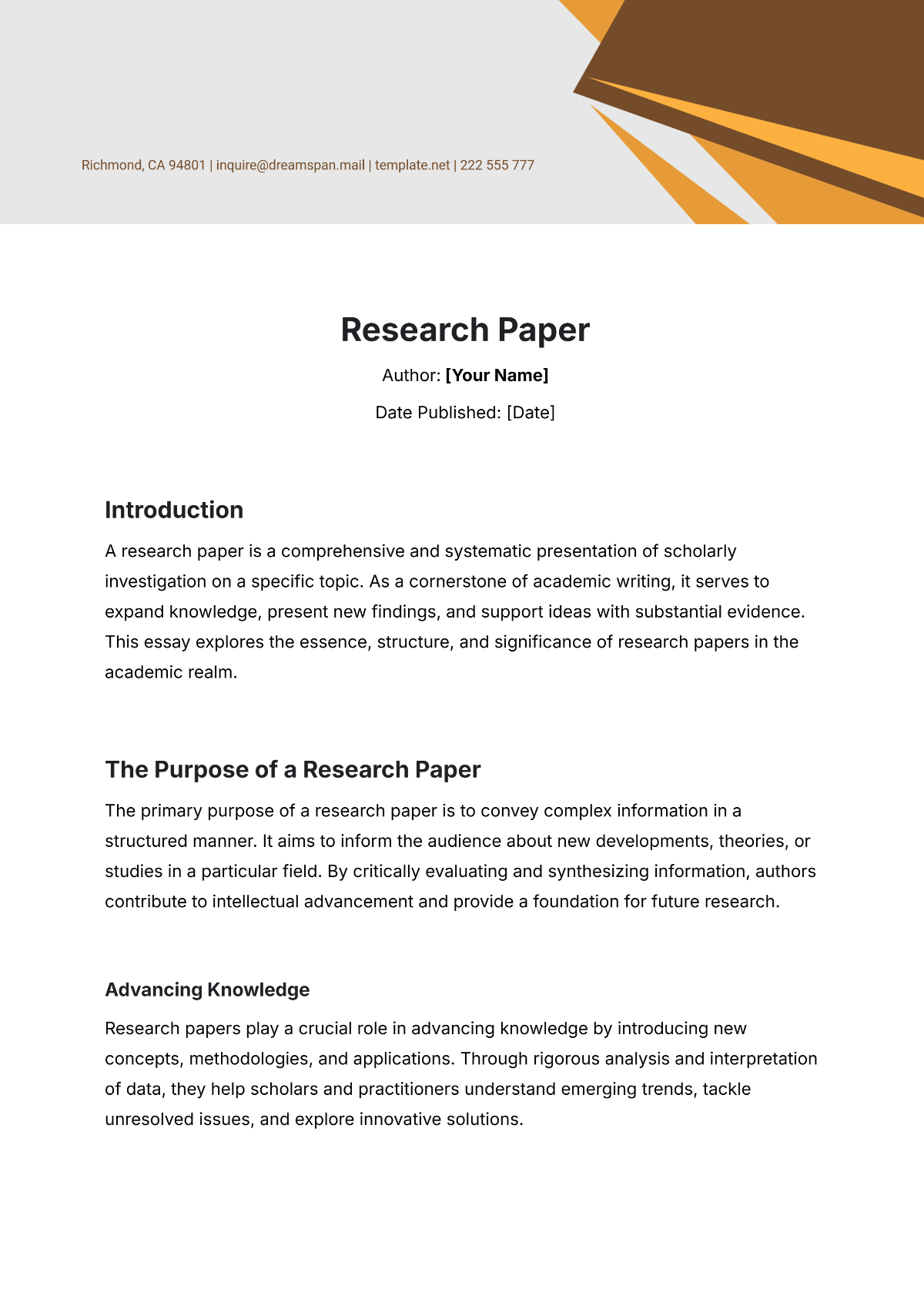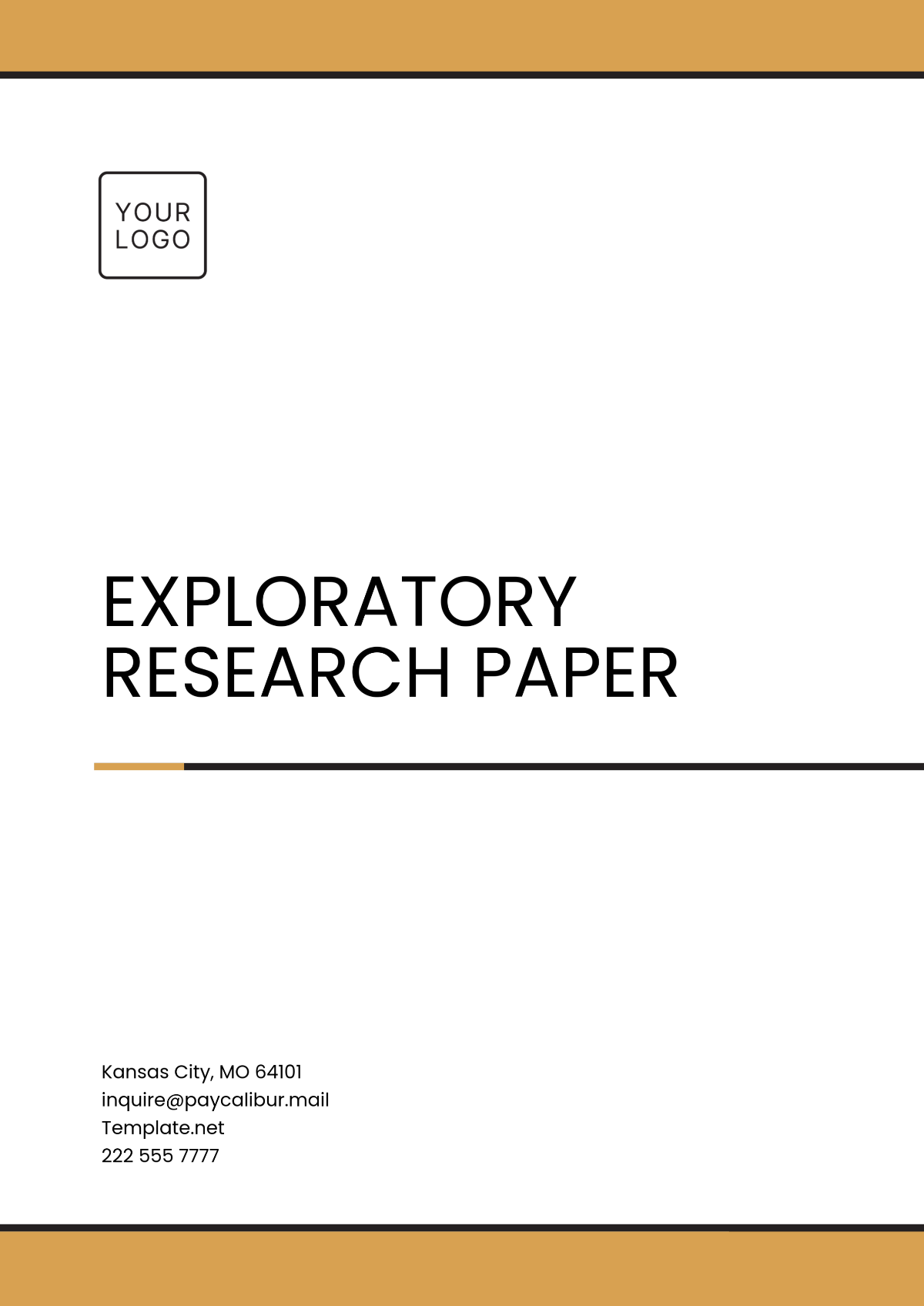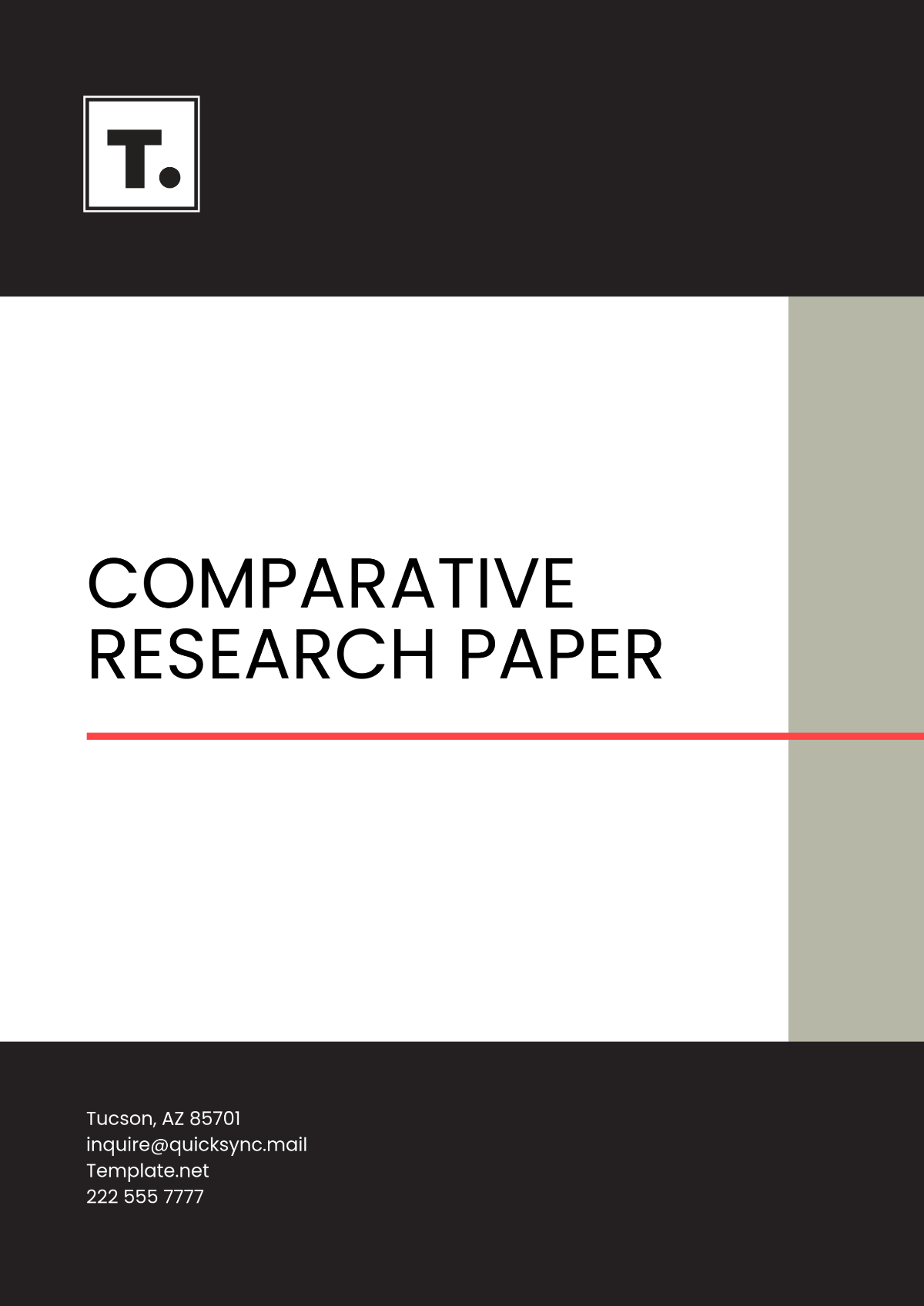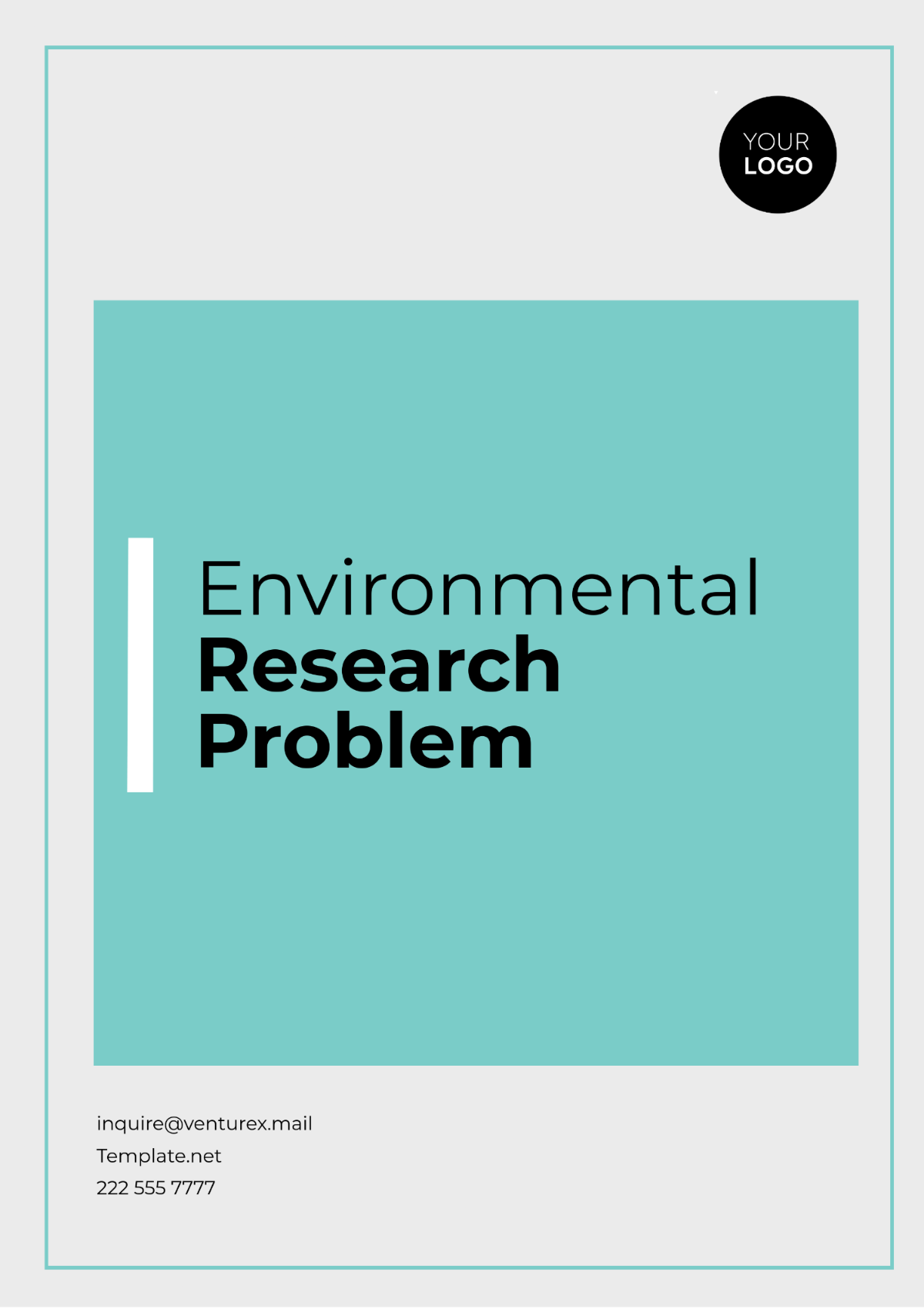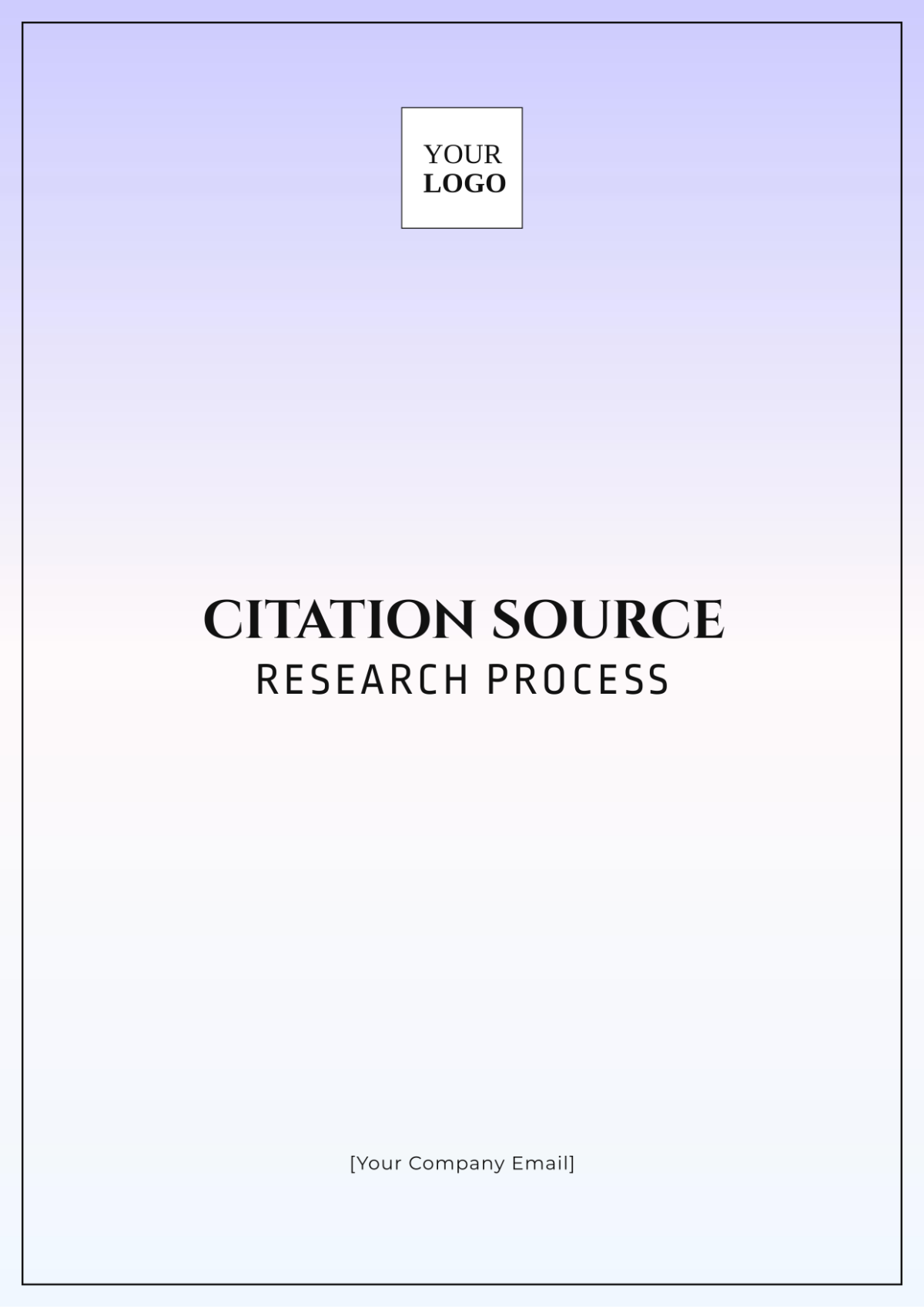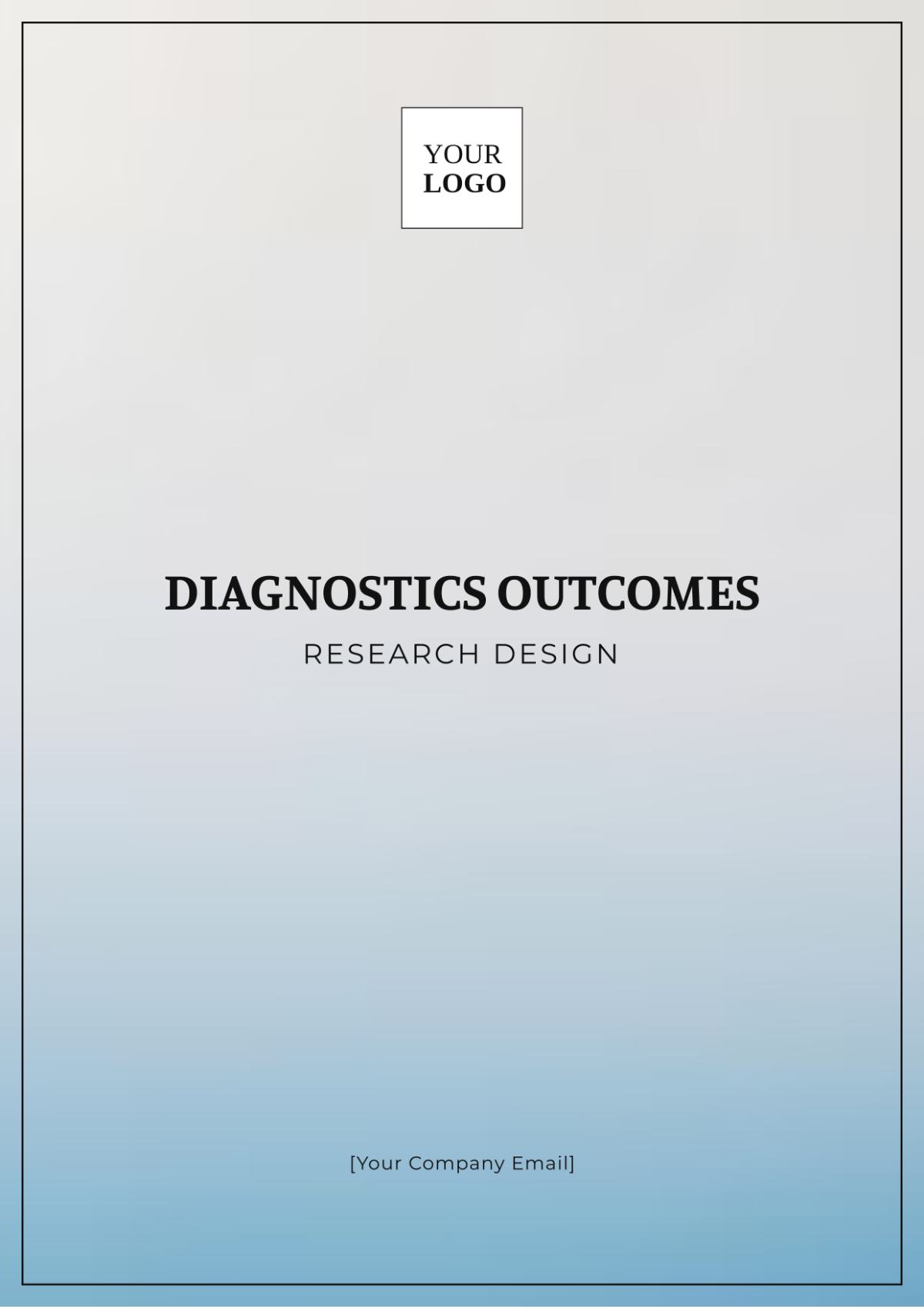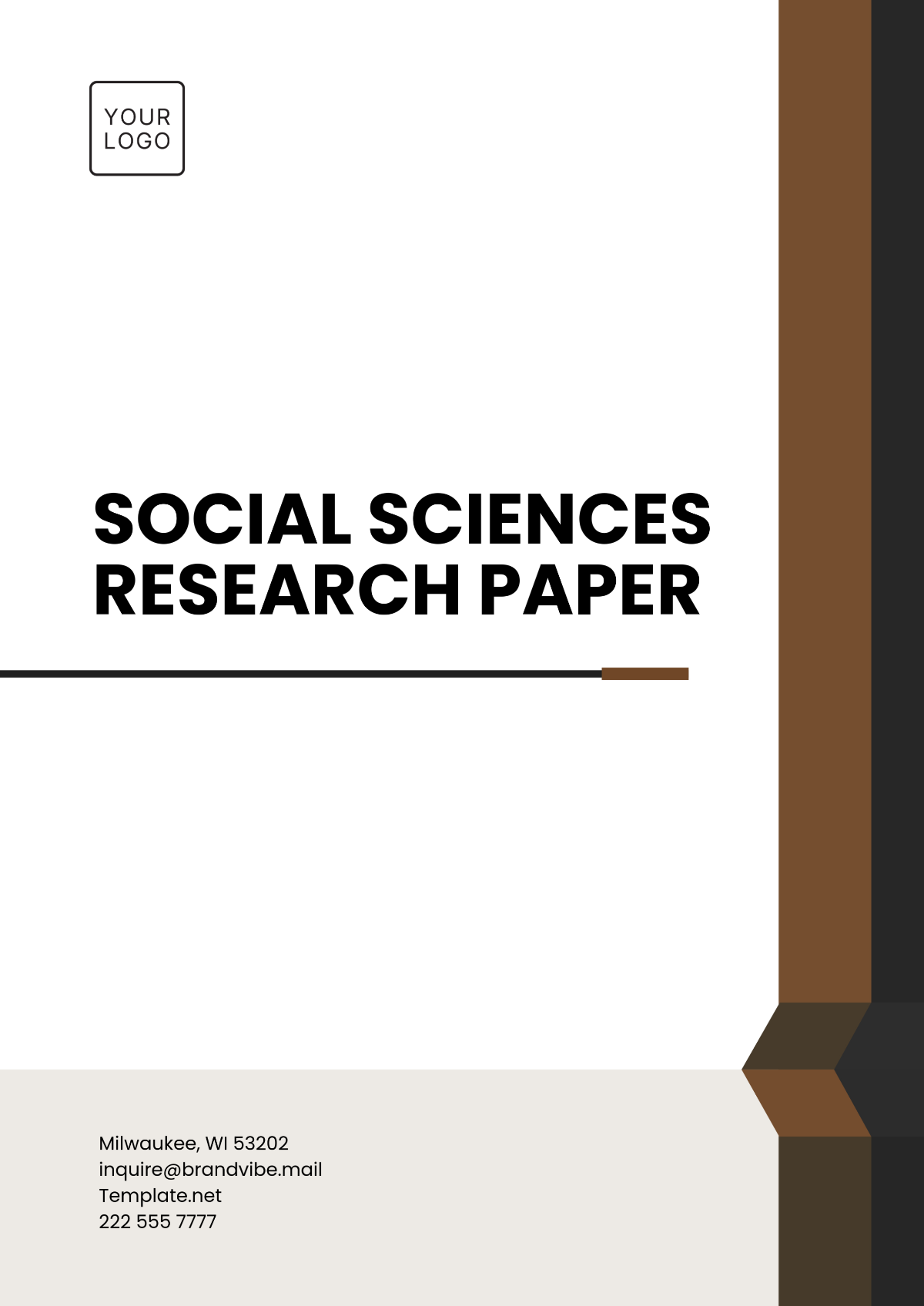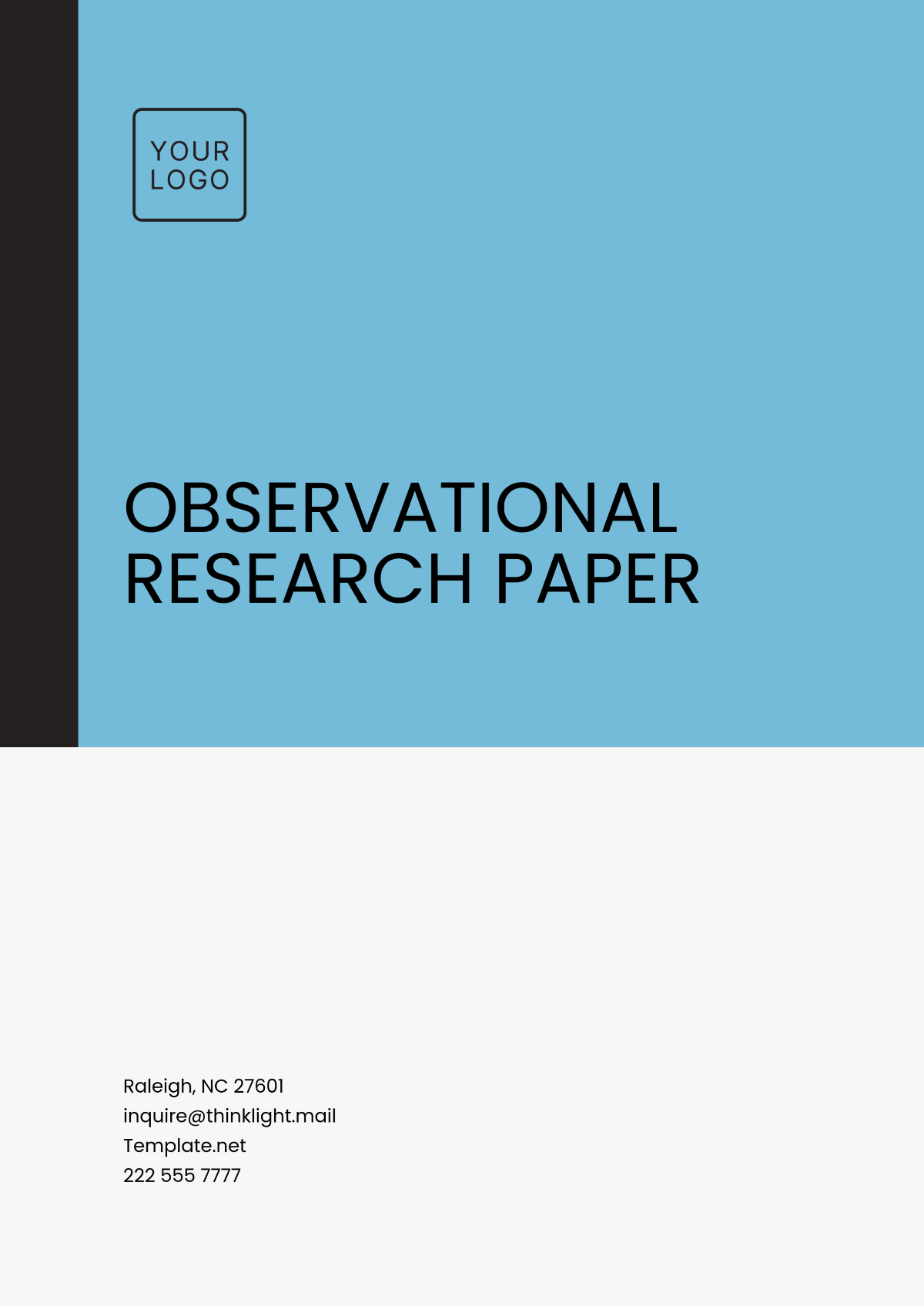Free Comprehensive Research Problem Template
Comprehensive Research Problem
Prepared By: [Your Name]
I. Introduction
Climate change, a global phenomenon driven by human activities, is profoundly altering the planet's climate systems, with significant consequences for various ecosystems. Coastal ecosystems, in particular, are highly susceptible to the adverse effects of climate change due to their direct exposure to rising sea levels, increasing temperatures, and intensifying extreme weather events. This research provides a comprehensive overview of the impacts of climate change on coastal ecosystems, focusing on the physical, biological, and socio-economic dimensions. By examining these multifaceted impacts, the study aims to underscore the urgency of implementing effective adaptation and mitigation strategies to protect these vital ecosystems.
II. Physical Impacts
Climate change introduces several critical physical challenges to coastal ecosystems, which are discussed below:
A. Sea-Level Rise
Coastal areas are experiencing accelerating rates of sea-level rise, primarily due to the thermal expansion of seawater and the melting of polar ice. This phenomenon is leading to the submersion of low-lying areas, increased coastal erosion, and the loss of critical habitats such as wetlands and mangroves. The encroachment of seawater into freshwater systems is also contributing to salinity intrusion, which disrupts freshwater habitats and agricultural lands.
B. Temperature Changes
Rising global temperatures have led to an increase in sea surface temperatures (SSTs). This warming of coastal waters is altering the thermal characteristics of marine environments, leading to shifts in species distribution, breeding cycles, and the timing of biological events such as spawning. Warmer waters also exacerbate coral bleaching events, which weaken coral ecosystems and reduce their resilience.
C. Ocean Acidification
The increased concentration of atmospheric CO2 is being absorbed by oceans, resulting in ocean acidification. This process decreases the pH levels of coastal waters, severely affecting calcifying organisms such as corals, shellfish, and certain plankton species. The reduced availability of carbonate ions impairs these organisms' ability to build and maintain their calcium carbonate structures, leading to weakened ecosystems and reduced biodiversity.
III. Biological Impacts
The physical changes induced by climate change have profound biological repercussions, affecting coastal biodiversity and ecosystem functions:
A. Species Migration
As coastal waters warm, many marine species are migrating toward the poles or deeper waters in search of suitable habitats. This shift in species distribution disrupts existing ecosystems, leading to changes in predator-prey dynamics, competition for resources, and the introduction of invasive species that can outcompete native species.
B. Loss of Biodiversity
The degradation of coastal habitats, coupled with changing environmental conditions, is leading to a significant loss of biodiversity. Coral reefs, seagrass beds, and mangroves are among the most affected ecosystems, with many species facing extinction due to habitat destruction and changing environmental conditions. This loss of biodiversity undermines the resilience of coastal ecosystems, reducing their ability to recover from disturbances and maintain ecological functions.
C. Altered Breeding Patterns
Changes in temperature, ocean currents, and other environmental factors are causing shifts in the breeding cycles of various marine species. For example, warmer waters can accelerate the development of fish larvae, leading to a mismatch between the timing of larval stages and the availability of food resources. Such disruptions in breeding patterns can have cascading effects on population dynamics and the overall health of marine ecosystems.
IV. Socio-Economic Impacts
The socio-economic ramifications of climate change on coastal communities are extensive and multifaceted:
A. Fisheries and Livelihoods
Coastal communities that rely on fishing are particularly vulnerable to the impacts of climate change. Changes in fish populations, driven by shifts in species distribution and health, are affecting the availability and accessibility of key fish stocks. This has direct consequences for food security, employment, and income in these communities. Moreover, the decline in fish stocks is prompting increased competition for dwindling resources, leading to overfishing and further exacerbating the problem.
B. Tourism
Coastal tourism, a significant economic driver for many regions, is threatened by the degradation of natural attractions such as coral reefs, beaches, and mangroves. The loss of biodiversity, coupled with the increasing frequency of extreme weather events, is reducing the appeal of these destinations, leading to declines in tourist arrivals and revenue. Additionally, the destruction of infrastructure and natural landscapes by rising sea levels and storms further diminishes the attractiveness of coastal areas.
C. Coastal Infrastructure
Rising sea levels, coupled with increased storm frequency and intensity, are causing widespread damage to coastal infrastructure, including homes, roads, ports, and seawalls. The economic losses associated with this damage are substantial, and the cost of repairing and reinforcing infrastructure is placing a significant financial burden on governments and communities. The displacement of populations due to flooding and erosion is also leading to social and economic instability in affected regions.
V. Adaptation and Mitigation Strategies
To combat the impacts of climate change on coastal ecosystems, a range of adaptation and mitigation strategies have been proposed and implemented:
A. Coastal Planning
Effective coastal planning is crucial to minimize the risks associated with flooding, erosion, and infrastructure damage. This includes the implementation of zoning laws, building codes, and land-use planning that account for future sea-level rise and extreme weather events. By restricting development in vulnerable areas and promoting the use of natural barriers such as dunes and wetlands, coastal planning can help protect both human and natural communities.
B. Marine Protected Areas (MPAs)
Establishing and expanding MPAs is a key strategy for conserving critical habitats and biodiversity. MPAs can provide refuges for species affected by climate change, allowing ecosystems to recover and maintain their ecological functions. Additionally, MPAs can serve as important sites for scientific research and monitoring, providing valuable data on the impacts of climate change and the effectiveness of conservation measures.
C. Sustainable Practices
Promoting sustainable fishing practices and alternative livelihoods is essential to reduce pressure on coastal ecosystems and enhance their resilience to climate change. This includes implementing catch limits, reducing bycatch, and encouraging the use of environmentally friendly fishing gear. Supporting alternative livelihoods, such as aquaculture, eco-tourism, and renewable energy, can also help diversify income sources for coastal communities and reduce their reliance on vulnerable ecosystems.
VI. Case Studies
A. Florida Keys, USA
The Florida Keys are experiencing severe coral bleaching due to rising sea temperatures. To address this, Marine Protected Areas (MPAs) have been established, and coral restoration initiatives are underway to enhance the resilience of coral reefs and promote recovery.
B. Bangladesh
Coastal communities in Bangladesh are facing increased flooding and salinity intrusion due to rising sea levels and more frequent cyclones. Adaptation strategies such as the construction of coastal embankments and the restoration of mangrove forests are being implemented to protect communities and enhance coastal resilience.
C. Great Barrier Reef, Australia
The Great Barrier Reef, one of the world's most iconic marine ecosystems, is suffering from decreased coral health and biodiversity due to climate change. In response, climate resilience programs are being developed to enhance the adaptive capacity of the reef, including coral restoration, research on climate-resistant coral species, and improved management of marine resources.
VII. Conclusion
Climate change presents complex and interconnected challenges to coastal ecosystems, with significant physical, biological, and socio-economic impacts. Addressing these challenges requires a comprehensive approach that combines effective adaptation and mitigation strategies with ongoing research and monitoring. Protecting coastal ecosystems and the communities that depend on them is not only essential for maintaining biodiversity and ecological functions but also for ensuring the long-term sustainability and resilience of coastal regions in the face of a changing climate.
VIII. References
Moser, S. C., & Davidson, M. A. (2055). Climate Change Adaptation: A Review of the Current Landscape. Environmental Research Letters, 10(3), 033003.
Hoegh-Guldberg, O., et al. (2057). Coral Reefs Under Rapid Climate Change and Ocean Acidification. Science, 318(5857), 1737-1742.
IPCC. (2054). Climate Change 2054: Impacts, Adaptation, and Vulnerability. Part A: Global and Sectoral Aspects (Contributions of the Working Group II to the Fifth Assessment Report of the IPCC). Cambridge University Press.
